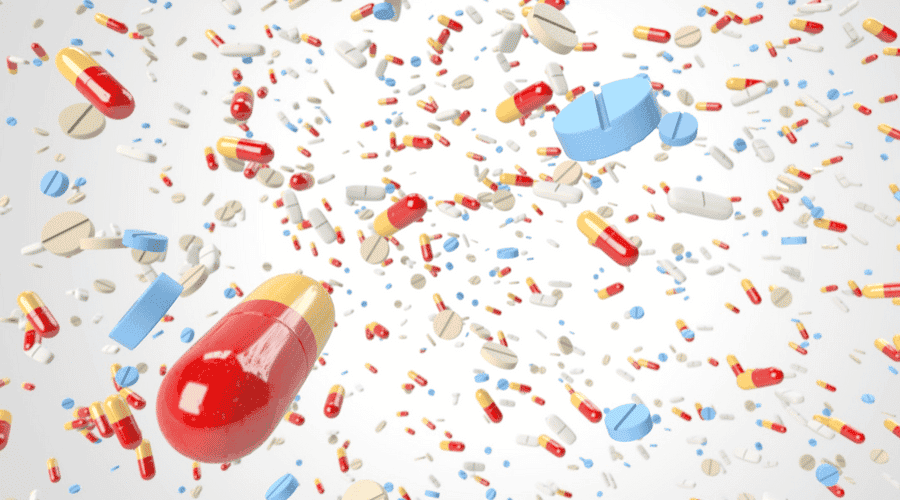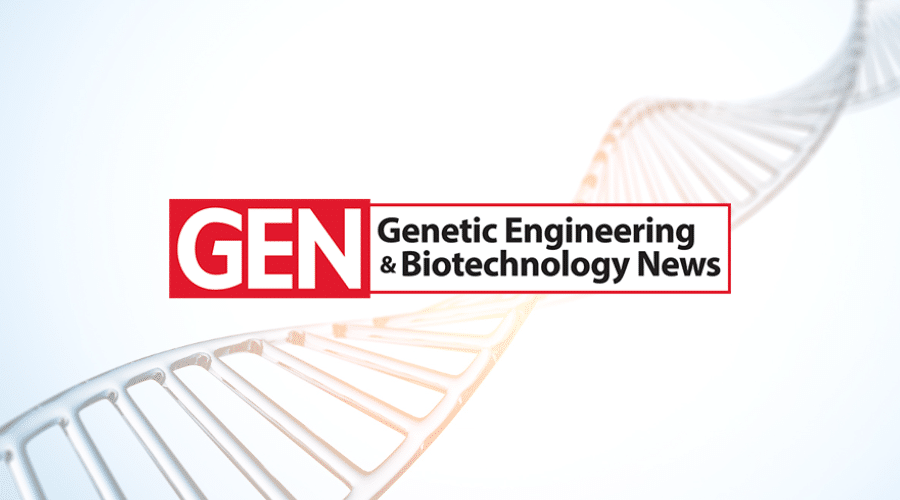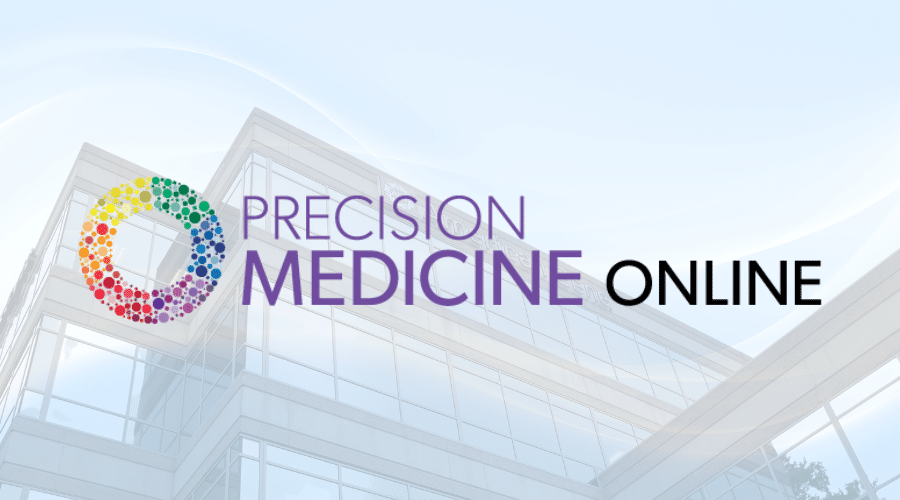Medium: “Disruption for Dummies” — Why Gene Therapy Cost Estimates are Wrong”


WHY GENE THERAPY COST ESTIMATES ARE WRONG – AN OP-ED FROM AGT CEO, JEFF GALVIN
Last week, a colleague and I hosted our first ever Reddit AMA and were intrigued with a question posed by one /u/marefo.
So much so that I felt compelled to dive headfirst into the issue.
Gene therapeutics which functionally cure diseases are coming. That much is beyond dispute. HIV/AIDS, cancers, single gene disorders – and many more – will be effectively solved. The power and efficacy of this new class of genetic drugs will be undeniable. And once those therapies arrive, the world will never be the same again. Chemotherapy and radiation will go the way of leeches and bloodletting. Eventually, HIV patients will be able to stop their daily medications with one-time treatments that restore their immune system, and permanently protect them from HIV-infection or AIDS. The underlying causes of debilitating genetic diseases will be “repaired” and patients will be cured of problems that they have suffered for decades. In ten to twenty years, genetic drugs will seem like the Internet: they will be everywhere doing things we only dream of today, and you (and especially your children) will wonder what the world did before genetic drugs existed.
Gene therapy is the very definition of a “disruptive innovation.” One that will change the established healthcare market in profound ways, and allow it to grow and sustain affordable consumer value for decades going forward. How does one square that reality with doomsday predictions of sky-high prices for gene therapy? You can’t. The predictions are wrong. Because the naysayers can’t see beyond the world as it is today to the world as it will be tomorrow.
As of today, there is not a single FDA-approved gene therapy treatment available in North America. Yet the costs of creating, manufacturing, and delivering genetic drugs is already falling precipitously. Viral particles (the delivery mechanism/vehicle of gene therapy) that cost millions of dollars to produce only five years ago are now available for five figures. Equipment necessary to research and develop genetic drug candidates has grown more affordable. Most importantly, some of the most enterprising, entrepreneurial, and plausible research is taking place at lean biotech companies that are creatively leveraging new technologies to develop a cornucopia of new therapeutics to treat and eventually cure diseases once thought untreatable.
Okay, so costs of development and manufacturing are falling, that’s good, but some critics question whether the resulting drug offerings will be introduced at lower prices than traditional drugs.
It doesn’t matter.
That’s right. It doesn’t matter what the prices are on day one, because drug development is undergoing a fundamental change that will allow it to join many other high-tech industries where constant downward pressure on prices from competition and rapid feature-improvements drive consumer costs down over time. Like any new high-tech product, novel genetic drugs may be expensive at first, but that’s true of the first wave of any new technology. For example, fifteen years ago a 20-inch, flat-screen TV cost about $1,200. Today, you can get the same size TV, with all kinds of additional bells and whistles, for less than $100.
How did that happen?
Disruption. Innovation. Competition.
It’s the nature of high-tech: that each new generation of products builds on the one before it. At this time, “high-tech” is coming to drug development in ways that will change the dynamics of the industry like never before. Every step of the process of creating a new product is being made more efficient over time as companies and industries accumulate experience and add to their knowledge base. Innovations are coming quickly, and the barriers to entry in drug development are falling fast. That’s why there are many companies that were completely unknown even a year or two ago that are now on the verge of breakthroughs in gene therapy.
The increased competition that results from new technical efficiencies, lower equipment costs, and lower barriers to entry will continue to drive genetic drug costs lower over time.
Another powerful force driving down costs in the new frontier of drug development is that developers are making use of reusable components that can be mixed and matched to create new compounds. These new compounds combine the attributes of the individual components, and the correct components assembled together in creative ways allow drug developers to “design” new therapeutics that operate in the body in highly predictable ways.
Returning to our flat-screen TV metaphor, you are probably aware that TVs have transistors in them, and so do your stereo, computer, car, and probably even your refrigerator. Transistors perform a function that can be utilized in the design of all sorts of electronic equipment: they allow engineers to add a function to any type of electronic component that senses a voltage (electricity) and turns on or off a circuit in the device based on whether that voltage is present. We have a somewhat parallel component in gene therapeutics called a “specific promoter” that senses the presence of particular enzymes in a human cell and allows us to turn on or off a drug based on whether that enzyme is present in that cell. That means that we can “design” drugs that only turn on if they see certain conditions in a particular cell. For instance, we can make a drug for prostate cancer that goes into all the cells of a patient’s prostate, but only activates in the prostate cells in the presence of hPSA (Human Prostate Specific Antigen – an enzyme that prostate cells create when they turn cancerous), disrupting the operation of the cancer cell and causing it to die, while leaving healthy cells entirely alone. This allows us to utilize components that reliably kill cancer without causing the types of side effects in healthy cells that we now see in traditional chemotherapeutics.
The “specific promoter” is only one component of many that are being discovered or invented in labs around the world. And just like components in electronics like TVs, “genetic components” are good for more than just one type of use in one type of product. Things that we invent or discover that work well can be used in other therapeutics that need the same function. Scientists have discovered (and even created) new “specific promoters” that can sense a wide variety of enzymes or “markers” within cells that indicate types of tissues or types of diseases, thus allowing genetic drug developers to make drugs that only turn on in certain tissues (like liver tissue or kidney tissue) or when markers are present from a particular disease (like prostate, liver, or breast cancer). Each one of these specific promoters can be used in any drug that needs the ability to turn on or off a gene depending on the enzyme of disease marker that doctors may wish to “target” for treatment. Furthermore, specific promoters can be combined with a wide variety of genetic constructs to to increase or decrease the expression of many different genes that drive the pathology of various human diseases.
Gene technology scientists have “invented” all sorts of “reusable” components for today’s and future drugs. As we discover additional repeatable and reliable genetic components, the number of unique combinations is growing exponentially, and our ability to design new drugs that narrowly target the fundamental drivers of human disease is expanding at a phenomenal pace. You will soon see that drug development is becoming more like the assembly of standard electronic components like you find in your flat-panel TV, where many companies compete (and drive down the cost) by finding new ways to efficiently combine those common components (like transistors, resistors, capacitors and IC’s) to continually reduce the cost while improving the product and adding features. We’ve been doing this with genetic drugs for nearly 10 years at my company. It works.
And the lower cost of genetic drug development is just the start.
Even the regulatory process will become more efficient over time, and therefore less costly, due to the increased predictability of how genetic drugs act in the body. The inherent targeting ability and specificity of genetic technologies helps to avoid many of the side effects and toxicities associated with traditional drugs. The exterior of the basic molecule of the genetic drug is highly similar from therapeutic to therapeutic, with internal payloads that only act in specific cells under specific conditions. This means FDA scientists and regulators will eventually be able to evaluate a new genetic drug in a way that allows testing to be concentrated on the “grey areas” in a drug design that have not yet been proven out by previous genetic drug tests, and therefore to more tightly define and focus safety testing. This is a huge difference from the broad, deep, and expensive general tests that are currently required for traditional drugs that act all over the body, where each is a completely new molecule that can have vastly different distribution, persistence, and patterns of concentrations in various organs (especially the liver) and throughout the body of the patient. It is this extensive (and currently necessary) safety testing of traditional drugs that has largely been responsible for the legendary $2 billion dollar cost figure associated with launching a new “pill”. This regulatory/safety barrier to entry in the drug development market is (at least a partial) justification for the huge profit margins of new drugs, since pharmaceutical companies have had to take enormous risk and have invested huge sums to get through that safety testing process.
Lower costs of the regulatory process will enable the entry of new lean biotechs into the market to compete with established players. Competition between successful new entrants and established pharmaceutical companies will bring to bear the best nature of business for the public benefit, by continuing to increase the value and features of genetic drugs while driving down the costs. Lower risks of development (i.e. lower capital costs to design and test new product ideas) will allow companies to operate at more reasonable margins that can still reward entrepreneurs (and large companies) for the risks and investments they experience in the new drug development environment. The weight of the $2 billion development/regulatory path will be lifted from the process, allowing entrepreneurs to flourish and innovate.
The public is about to experience the benefits of therapeutics that extend and improve lives in ways that earlier pharmacological technologies could not. These more effective drugs may, at first, be at prices that are close to what the public has come to expect from new drugs, but even at those same prices the cost-efficiency is much higher and patients will be getting significantly more “bang for the buck”. Put simply, if a new cancer drug knocks back your “terminal” cancer by YEARS, and is the same cost as the current treatment that only extends your life by WEEKS, the value proposition is self-explanatory.
So, from a high-level perspective, how will all of this effect our world? Three dynamics with likely result from coming gene therapy approvals:
- Once the ability to cure diseases becomes the norm, the entire health care industrial complex will be shaken to the core. Assumptions that have evolved into norms will fall. Consumers will be empowered like never before. Traditional drug development processes will be upended. Because that’s what happens when disruptive innovations come along. This pattern will be repeated in healthcare just as it has in many industries before.
- The innovations won’t stop once gene therapeutics start winning approval – they’ll accelerate. The number of lean biotechs, scientists, and researchers is already growing exponentially. Initial commercial approval will beget the next generation of innovation in these therapies, which will beget the one after that, and on into the future.
- Those leaps forward will foster greater competition with each passing quarter. Once the gene therapy industry fully evolves, the cost of treatment materials will be similar to that of today’s pills (less than $100 for a treatment), and the public and patients will be getting cures instead of the long-term chronic treatments we’ve had to endure in the past.
Gene therapy treatments won’t only be less expensive than anticipated; they will fundamentally alter the landscape of healthcare costs. Instead of treatments that extend life by weeks, lives will be extended by years. Patients will return to the workforce, powering our economies. Slow deaths from fatal diseases that futilely drain hundreds of thousands of dollars from us today will be replaced by peacefully dying of old age – which is practically free by comparison. Many of today’s most intractable national healthcare issues will be relieved by the price/performance of highly-effective next-generation medicines.
That future is not so far off. As we realize it, let’s remember that true disruption doesn’t just turn markets on their head, it reinvents them. That past is not prologue, and new technologies and innovation drive costs down, no matter what the naysayers think.






